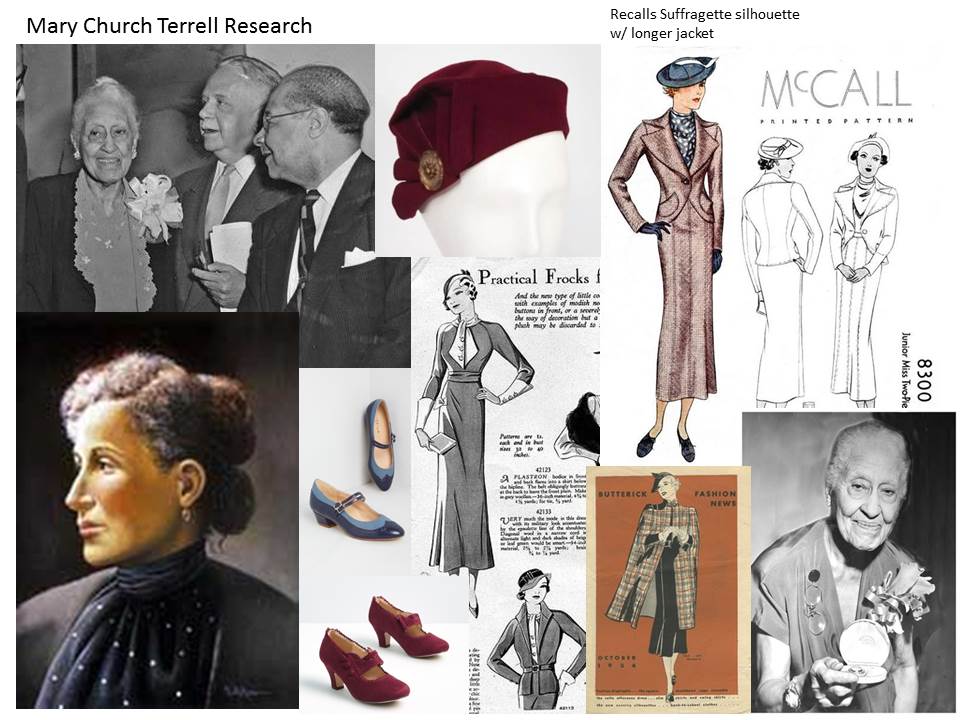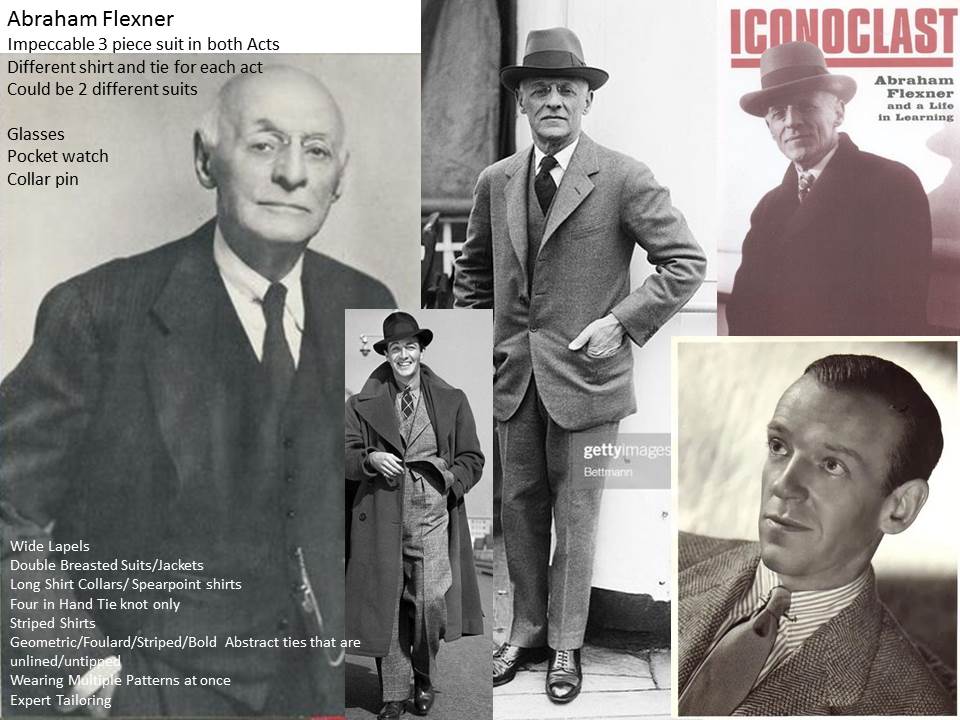First comes the Research……
By Lea Umberger
I am not sure how familiar people are with the process of costume design for theater and film. So I wanted to take you through a few steps in my process for “My Lord, What A Night”.
THE PROCESS: After reading the show and determining how many costumes are needed, the next steps include:
- Research period and in this case specific historic characters
- developing a concept/ the central meaning around the piece with the director and through the designs
- Sketches
- Swatching/ Collecting Specific Fabrics-
- Color Rendering (watercolor is my preference, but I am hoping to get into digital color rendering in the near future)
THE PROJECT: COSTUME DESIGN ” My Lord, What A Night”
THE PROJECT: COSTUME DESIGN ” My Lord, What a Night”
Currently I am working on “My Lord, What A Night” by Deborah Brevoort
SYNOPSIS: When famed African-American singer Marian Anderson is refused lodging because of her ethnicity, she finds an unlikely friend in Albert Einstein. Quick-witted debates attempt to solve the nation’s problems over tea. Inspired by true events, this story explores the racial, religious, and gender-based struggles plaguing two of the most iconic entities of the 20th century.
After reading the play, I go into what might be one of my favorite parts of costume design :
THE RESEARCH
THE RESEARCH
In the last blog, I shared a peak at the research for Mary Church Terrell. Since then I have completed design collage boards for all 4 characters in the play- Marian Anderson, Mary Church Terrell, Albert Einstein, and Abraham Flexner.
It is not often a play specifically centers around historic characters that good photographic imagery is available. Thankfully, it was not the case with these 4 icons. There was no shortage of images, articles and even video to wade through.
While researching, I am looking for many different details. My search includes clothing silhouettes, fashion trends, accessories, fabric specifics, outer wear, hair styles. Basically anything that will help define the character. I am looking for what will help an audience connect with a character they already know. Or, it can also help create a character persona that the the director and I am working to achieve.
Below are the research collages to check out.
Next stop : SKETCHING, which I will share in the next post!
Marian Anderson Design Research Page
Marian Anderson Design Research Page
If you have not heard of her- there is much to learn! One of America’s most treasured voices and icon who stood for equality! The Video above tells the story of Marian Anderson and her historic concert at Lincoln Memorial, April 1939.
Here is a quick reference article from the Smithsonian Magazine and Kennedy Center, if you wanted to read a little more about her.


Mary Church Terrell Design Research Page
Mary Church Terrell Design Research Page
“Mary Eliza Church Terrell was a well-known African American activist who championed racial equality and women’s suffrage in the late 19th and early 20th century.” – National Women’s History Museum

Albert Einstein Design Research Page
Albert Einstein may need no introduction but it struck me as I researched him – how interesting of a character he really was. And his fashion sense, let’s just say – was the most intriguing. Imagine trying to decode the style of a genius. Then boil it down to the two costumes the audience will see during this play. Each audience member has in iconic image of what Einstein looks like. Because of this, it presents the interesting task to create a version that will appeal to them all.
One image that I love is the first image on the left on the top row. It is an actual photo, backstage with Marian Anderson greeting Einstein and his companion.
What’s your favorite image of Einstein?

Abraham Flexner Design Research Page
“I am not unaware of the fact that I have sketched an educational Utopia. I have deliberately hitched the Institute to a star; it would be wrong to begin with any other ambition or aspiration.”- Abraham Flexner, Founding Director of Institute for Advanced Studies, Princeton
The Founding Director of Institute for Advanced Studies at Princeton ( 1930-1939), among many other credits to his name. He worked to ensure in equality and reformation in higher academics.



